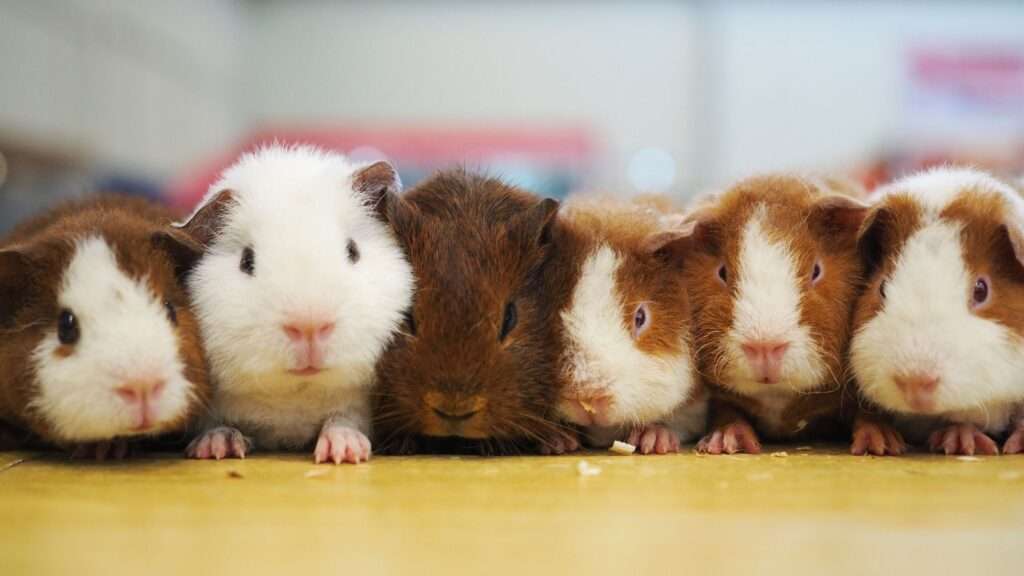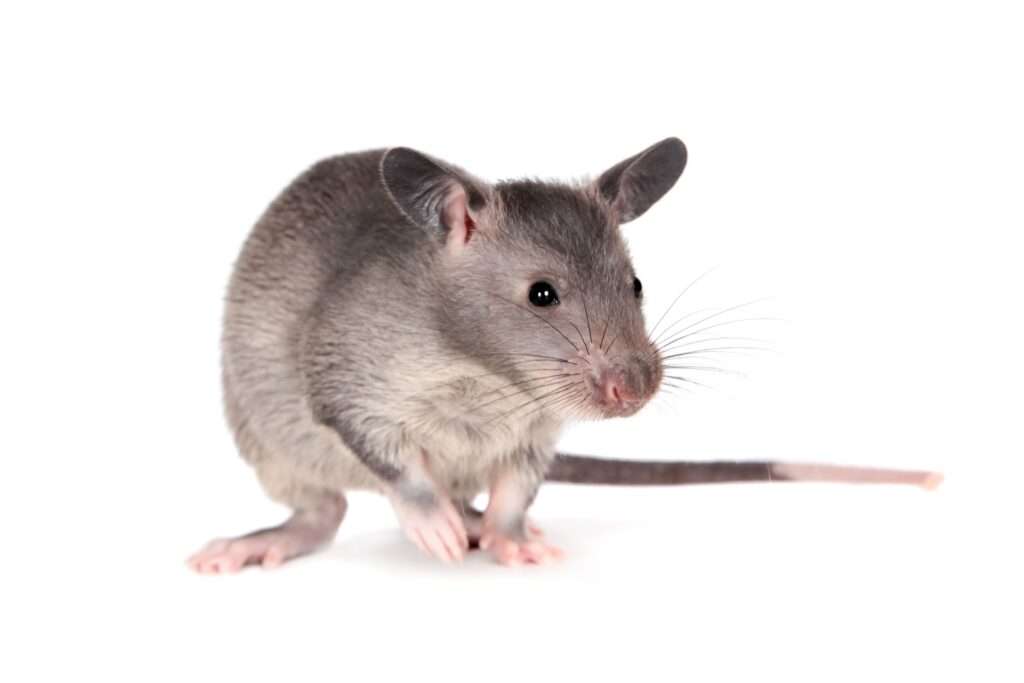
Description
A rodent from North America with long whiskers and a flattened tail is called a northern flying squirrel. In actuality, this mammal glides instead of flying by exploiting the skin fold between its wrists and ankles. The animal can ‘fly’ when gliding because this skin fold stretches, acting as a rudder in contrast to the tail. A nocturnal animal that inhabits forests, the Northern flying squirrel. It has buffy-white fur on its tummy and fading brown fur on its top portions.
Habitat
The northern flying squirrel, which is native to North America, can be found in large numbers across a large portion of the continent, from Alaska south to southern California. It is also widely spread throughout Canada and the eastern provinces of the country. An location with lots of fir trees is where this species like to live. In deciduous and mixed coniferous/deciduous woods, this rodent is very common. Other ideal environments include regions with a predominance of mixed hemlock, spruce, and fir trees; beech and maple woods; and regions with dense stands of white spruce and birch interspersed with aspen groves.
Behavior
Flying squirrels in the north are gregarious creatures. They frequently form groups of eight people, usually with both mature and young squirrels. Additionally, it has been documented that numerous people can share a nest. These squirrels congregate in same-sex groups to stay warm throughout the winter. Flying squirrels in the north are exclusively nocturnal creatures. They are active twice a day: once starting an hour after sunset and lasting for about two hours, and the other starting two hours before sunrise and lasting for around 1.5 to two hours.
Each person may have multiple dens over the year. Typically, fir tree cavities serve as this species’ winter dens. Multiple individuals may reside in a single cave at this time since they don’t hibernate in order to save heat. These rodents are among the most accomplished gliding mammals in terms of aerodynamics.
As Pet

Housing
To prevent escapes or unintentional harm, your flying squirrel’s enclosure must have very small gaps between the bars or mesh, especially if it is a young squirrel. Bonded squirrels prefer staying close to their owners and will make an effort to flee in order to do so.
In flying squirrel cages, the vertical height is more significant than the horizontal space since the animals like to climb as high as they can. Flying squirrels are frequently housed in tall bird cages. Rodents find it considerably harder to chew through metal cages, and cages for birds are also available with tight bar spacing.
Make sure your Northern squirrel has places to climb in the cage; branches and ropes made of chemical-free cotton fibres work well for this. Additionally, give nest boxes where the squirrel may hide out to rest as well as soft nesting materials like strips of unbleached cotton fabric.
Eat and Drink
Wild flying squirrels are omnivore, like many rodents, and eat a variety of plant and animal proteins. Northern flying squirrels regularly consume seeds, nuts, fruits, mealworms, lichens, fungus, vegetables, and other edibles. Flying squirrels require both calcium and vitamin D3 supplements in their diets since they are prone to calcium insufficiency. A cuttlebone or calcium block in the squirrel’s enclosure will help to meet its nutritional demands while also helping to file down its constantly developing teeth. Because phosphorus can prevent Northern flying squirrels from absorbing calcium, try to reduce phosphorous-rich foods in their diets. Online retailers sell prepackaged, specially prepared foods for flying squirrels, however the nutritional value of these diets varies greatly.
Exercise
Flying squirrels are lively, active creatures, but because they are nocturnal by nature, they are most active at night. In order to ensure that a pet squirrel gets enough exercise to be fit and maintain a healthy weight, you should wake it up during the day and let it out of its enclosure to scramble and climb around your home. If your squirrel naps during the day and does not get enough exercise, it is more likely to climb about its cage at night.
Grooming
Your flying squirrel doesn’t need to take a wash or get brushed. These animals maintain an extremely tidy appearance without human assistance thanks to their tiny tongues and paws.
Table





